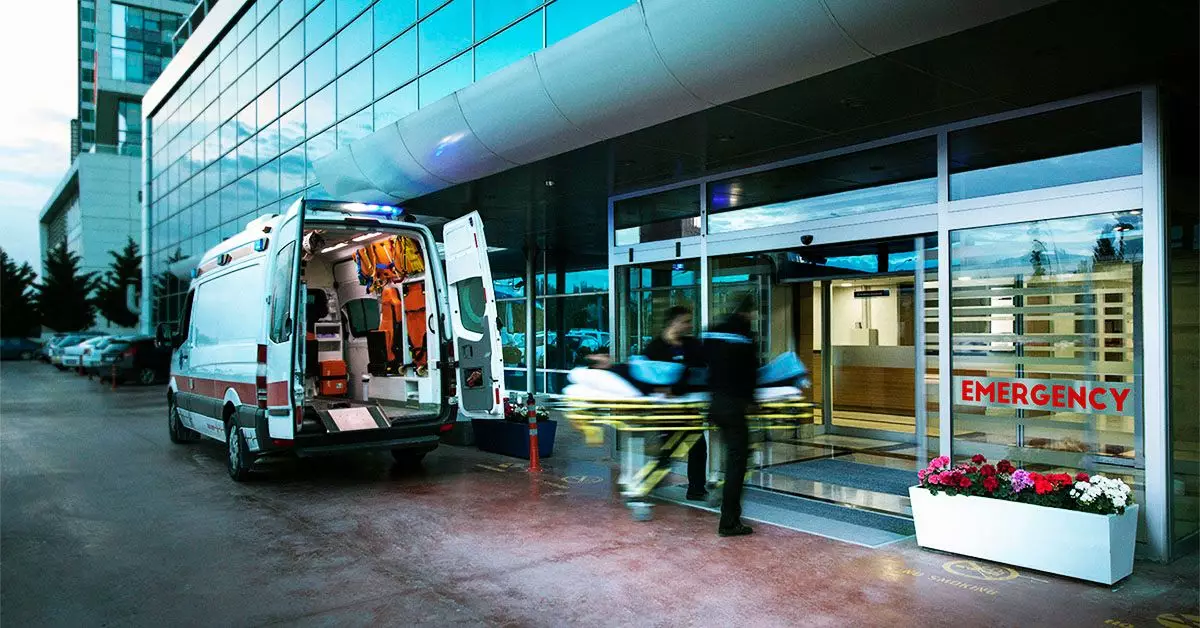Secondary Traumatic Stress (STS) is an insidious psychological phenomenon that arises from indirect exposure to traumatic events experienced by others. While it closely resembles Post-Traumatic Stress Disorder (PTSD) in its manifestations, STS particularly affects individuals who are indirectly involved in traumatic scenarios, such as through their professional roles as caregivers or service providers. This article delves into the nuances of STS, exploring its causes, symptoms, and treatment strategies, while also highlighting the impact this condition can have on personal and professional life.
To comprehend STS fully, it is essential to first understand PTSD. PTSD is a well-recognized mental health condition that can develop following firsthand experiences of trauma, such as violent incidents, natural disasters, or severe accidents. Individuals suffering from PTSD may experience severe emotional fallout, including flashbacks, anxiety, nightmares, and a plethora of emotional and behavioral disturbances. Conversely, STS manifests in those who witness or hear about the trauma others have endured. This secondary exposure can still lead to significant suffering, making it imperative for professionals in high-stress environments to recognize the symptoms and seek help.
Individuals in caregiving professions—including social workers, emergency responders, therapists, and healthcare professionals—are disproportionately affected by STS. These roles often require direct engagement with individuals who have experienced traumatic events. The continuous exposure to emotional turmoil can take a toll, as the caregiver may internalize the pain and distress of those they are trying to help. Coupled with high-stakes environments, the risk of developing STS is significant.
The symptoms associated with STS echo those found in PTSD, presenting a complex array of emotional, cognitive, behavioral, and physical reactions. Emotional symptoms may encompass profound feelings of helplessness, sadness, or irritability. Cognitively, individuals may struggle with concentration, decision-making, or become hyper-vigilant, constantly anticipating potential threats. Behaviorally, withdrawal from social interactions or increased irritability may surface. Physical symptoms may include fatigue, sleep disturbances, or even stress-related health issues, including cardiovascular complications, indicating the pervasive impact of the condition.
Mental health professionals utilize various tools for diagnosing STS, often paralleling the processes for diagnosing PTSD. The Diagnostic and Statistical Manual of Mental Disorders, Fifth Edition (DSM-5) categorizes STS among trauma and stressor-related disorders, recognizing its role as a criterion A stressor that can lead to PTSD. Comprehensive assessments might include structured interviews, self-report questionnaires, and the use of specialized scales, such as the Secondary Traumatic Stress Scale (STSS), designed to evaluate STS symptoms specifically.
The treatment for Secondary Traumatic Stress typically comprises a combination of psychotherapeutic interventions and, in some cases, pharmacological support. Therapeutic modalities such as cognitive-behavioral therapy (CBT) can be highly effective in addressing the cognitive distortions that contribute to STS. Additionally, preventive strategies—ranging from stress-management techniques, mindfulness practices, and the establishment of a healthy work-life balance—are essential for caregivers and service providers. Journaling can serve as a coping mechanism, allowing individuals to process their experiences and emotions more effectively.
Secondary Traumatic Stress is a legitimate and challenging condition that arises from the emotional burden of supporting others through traumatic experiences. By recognizing the signs and symptoms associated with STS, organizations and individuals can implement proactive measures to safeguard the mental health of those in caring professions. Developing greater awareness, fostering supportive environments, and providing adequate resources can mitigate the impact of STS, aiding in both personal and professional recovery. As we further our understanding of STS, it becomes imperative to prioritize mental well-being in an increasingly complex world, where trauma exists not only in individual experiences but also in the collective narratives we engage with daily.

